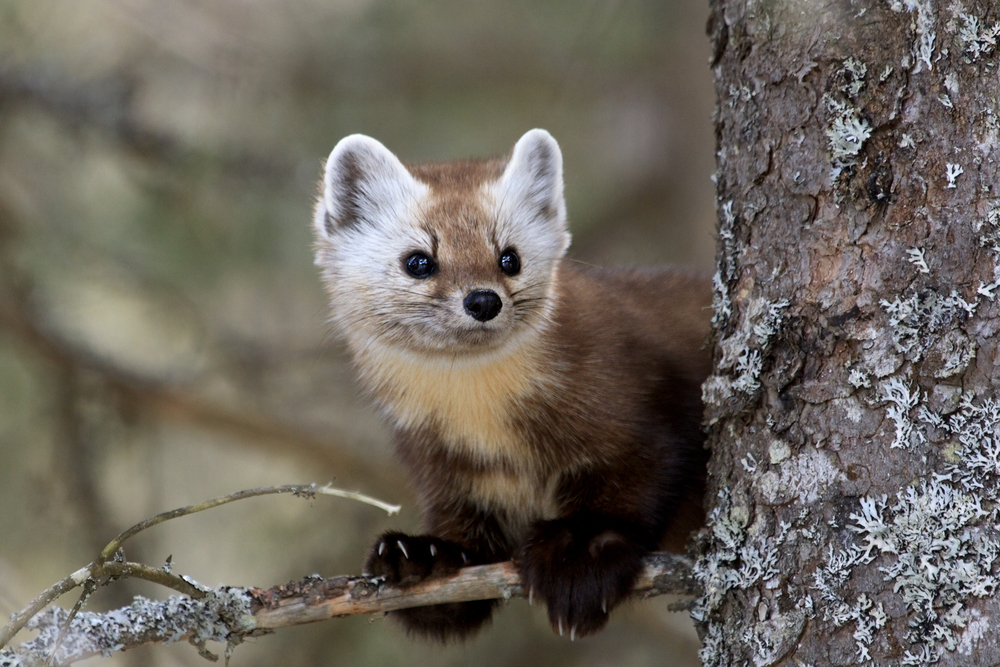Economic activity:
is what is carried out by humans in order to acquire goods that satisfy
consumer needs.
Economic goods:
are products and services generated by economic activity.
Products:
goods which are obtained directly from nature or which are turned into
something.
Services:
activities carried out by humans to benefit society.
Factors of production:
the resources that are required for the generation of economic goods.
Land: the environmental
resource.
Rent: payment
for the use of the land.
Labor:
mental and physical efforts of people applied to the production of goods and services.
Wages:
payment for labor.
Capital: is
the money, buildings, and machinery and equipment used to produce goods and services.
Interest:
payment for investing capital.
Entrepreneurship:
is the risk-taking resource.
Profit motive:
possibility of making money.
Economic agents:
those elements that have a role in converting the factors of production into
goods and services.
Primary sector:
activities involved in obtaining resources directly from raw materials,
including agriculture, livestock, fishing, forestry and mining.
Secondary
sector: activities involved in converting raw materials into manufactured
products (industry) or building houses and infrastructure.
Tertiary sector:
activities that provide services.
Economic system:
the way a country organizes, produces. Distributes and administers its material
and human resources and the economic goods that these generate, in order to
provide for high level of well-being.
Planned
economy: the state controls all the factors of production.
Market
economy: companies buy and sell products and services freely.
Price: cost
of a product or services.
Natural resources:
thing a person or country has that can be used or economic benefit.
Supply:
goods and services that are available for sale.
Economic policy:
action that government take to organize the economy.
Consumer:
person who uses goods or services.
Profit:
difference between what it cost to make something or provide service what it is
sold for.
 At the first term, I wasn't so much confident, but as the course
progressed I began to feel more confident while was learning.
At the first term, I wasn't so much confident, but as the course
progressed I began to feel more confident while was learning. 



















